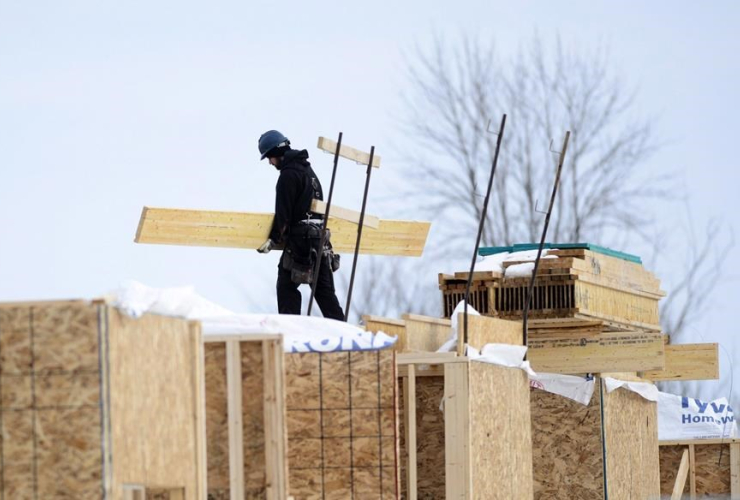Toronto-area residents seeking to make their homes greener must wade through a confusing array of online information to find out about financial incentives to reduce costs. Urban Retrofit wants to help cut through the noise.
“There is just a ton of information (online), and hidden beneath that information are all these grants that are there, and nobody really knows about them unless you're going through every page that shows up on the Google search, going to every municipality and researching through them,” said Rahemeen Ahmed, one of the group’s founders.
“We wanted a very comprehensive source, just one platform where everyone could come and get their basic information and get access to what resources there are available to them,” said Ahmed, who graduated last year from the University of Toronto’s civil engineering program.
So that’s exactly what Ahmed and her teammates — high school and university students or recent grads — in Youth Challenge International’s Innovate MY Future program built.
Urban Retrofit's website presents a collated list of the various grants and loans currently available — from municipalities, utilities and others — complete with deadlines and other details that help homeowners calculate whether they can afford to install new windows, extra insulation or a reworked heating and cooling system.
More than half of Toronto’s greenhouse gas emissions come from buildings, mostly from the use of natural gas to heat indoor spaces and water, and the city needs to cut emissions in half in order to hit its target of a 65 per cent reduction from 1990 levels by 2030.
The Urban Retrofit team focused mostly on those who currently own a single-unit dwelling, since they have the most direct agency to make such changes, but aim to collect more information useful for residents of apartments and condos to share with building owners when advocating for improvements.
“It's a resource that you can use to increase your knowledge and advocate for more retrofits or advocate for specific types of retrofits to be implemented in your community or in your building,” AHmed said.
Urban Retrofit also took to Instagram to engage younger people in the project.
“We wanted to empower youth. Maybe they’re not in the position now but have someone — their parents, extended family — who are in that position. We don't want to ignore an entire demographic that is essentially going to be the future of our world.”
The team has just wrapped its involvement with YCI and is now looking to grow the project independently, with plans to develop a calculation tool so potential retrofitters can plug in numbers to see what a project will cost and how much it will save.
“We want to focus more on more tangible numbers, tangible benefit-cost ratios, so people understand how it will be useful for them in the future,” Ahmed said, adding the team has also started reaching out to housing associations and other resident groups around the region to see what other help they might appreciate.
Morgan Sharp / Local Journalism Initiative / Canada’s National Observer






Comments